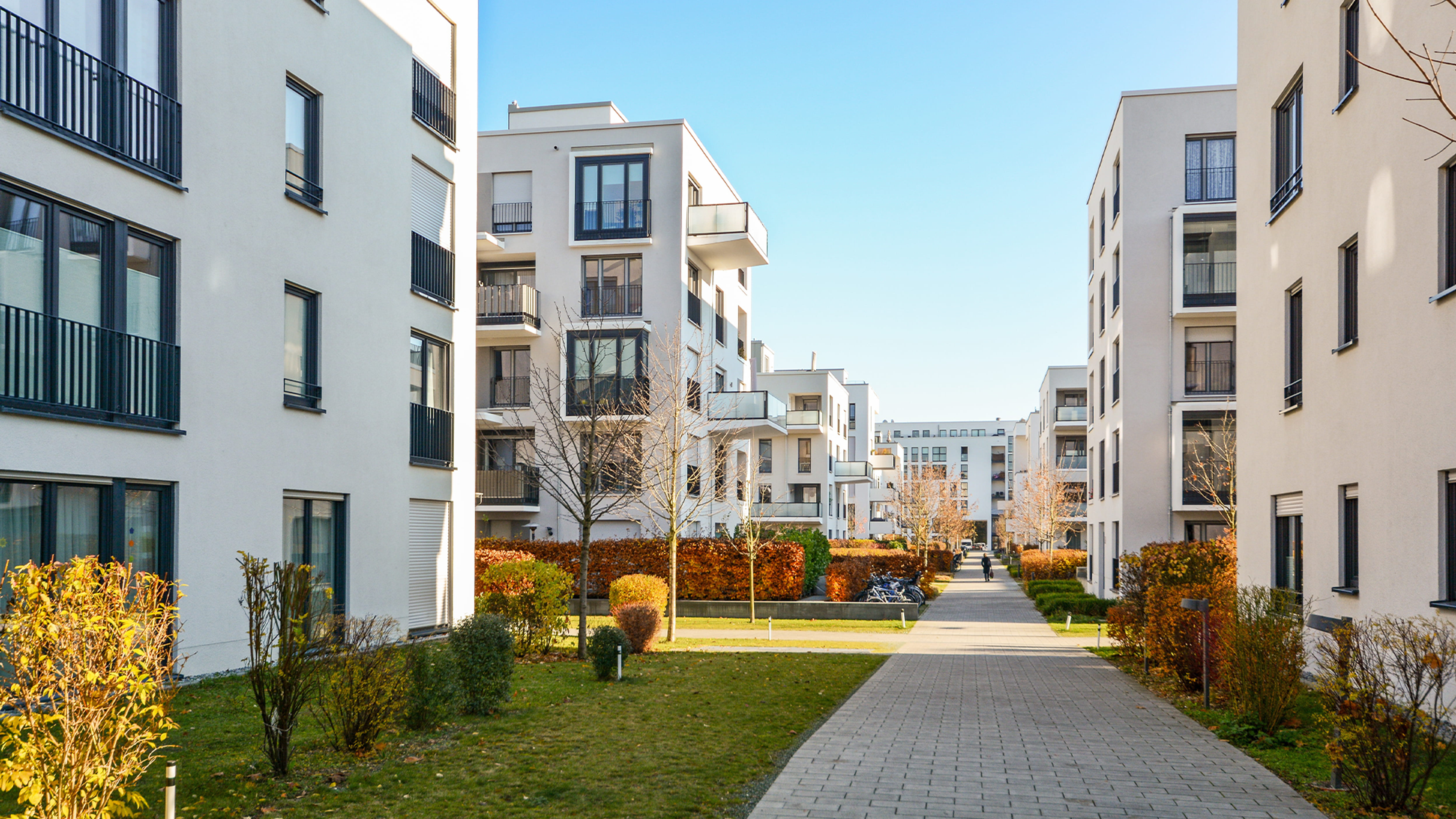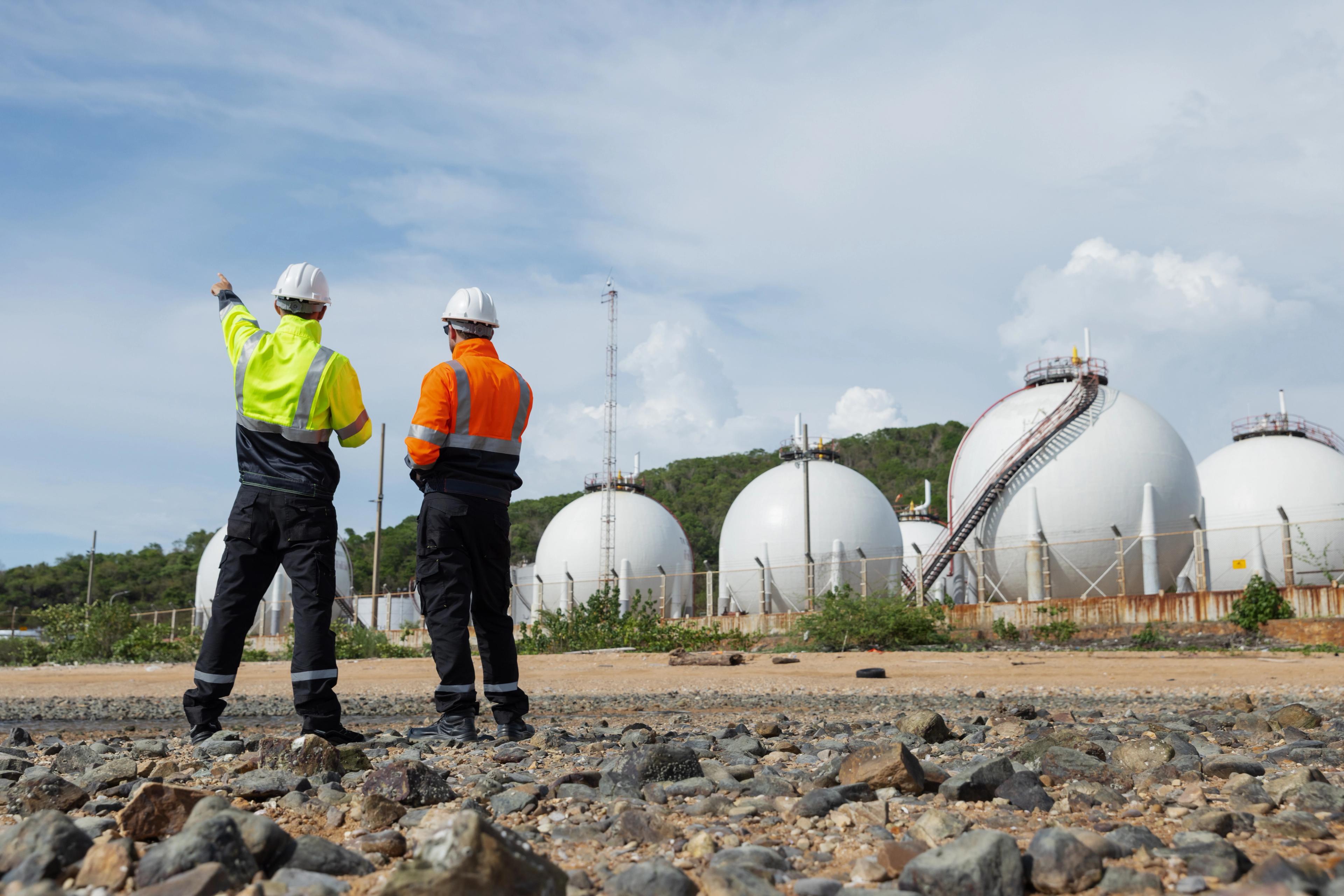

Applications for the SPIRIT Continuous Radon Monitor
The SPIRIT continuous radon monitor provides the ability to measure radon levels in real time over several days and provide certified NRPP reports to a homeowner. Once placed in the home for measurement, home inspectors can create reports remotely and email to their customers before having to make a second trip to retrieve the device.
The SPIRIT Radon® Detector by Radonova is a portable continuous radon monitor that measures radon in real time, stores the data in the cloud, and transfers the data wirelessly. Users have access to radon results through Radonova’s online portal where the data can be easily downloaded. NRPP-certified, the SPIRIT also includes sensors for air pressure, temperature, humidity and movement/tampering as well as a 60-day rechargeable battery.
The SPIRIT is helpful to radon measurement professionals using the applications below.
Utilize a Continuous Radon Monitor for Professional Home Inspections
Radon testing is part of a comprehensive home inspection. Time is of the essence during real estate transactions and being able to provide an accurate, certified radon report will keep the closing process on schedule. A radon test may even be a requirement for certain mortgage lenders and loans.
The SPIRIT continuous radon monitor provides the ability to measure radon levels in real time over several days and provide certified NRPP reports to a homeowner. Once placed in the home for measurement, home inspectors can create reports remotely and email to their customers before having to make a second trip to retrieve the device.
Post-mitigation Follow-up
Once a home or building has tested high for radon and a radon removal/mitigation system has been installed, a post-mitigation radon test will ensure radon gas is reduced to an acceptable level.
The EPA recommends a 2-7 day post-mitigation radon test be done within 30 days of the installation and no sooner than 24 hours after the system is operational.
In schools and workplaces, post-mitigation radon measurements can have critically different results depending on the length of time of the follow-up measurement. This is because ventilation is typically turned off or runs less during unoccupied hours such as nights and weekends – plus doors and windows are normally closed.
For follow-up measurements in schools and workplaces, Radonova’s research using the SPIRIT discovered that radon levels during occupied hours (while the ventilation system is running) is an average of one third of the radon levels during a full week average. ANSI/AARST standards recommend that radon be measured both during occupied and unoccupied hours.
Optimizing Building Ventilation with a Continuous Radon Monitor
Time-controlled ventilation in schools and office buildings can have a substantial effect on reducing radon levels, as noted above. When a ventilation system is running at capacity, the radon gas is diluted to lower levels, but when the ventilation system is off, radon levels will increase.
The SPIRIT radon monitor measures radon levels in real-time. When combined with an energy management system, the SPIRIT can be used to help schedule the times to turn the ventilation on and off in order to achieve the safest radon levels.
Remote Monitoring of Schools and Universities
Multiple SPIRIT radon devices can be monitored from a common dashboard. Schools, universities, and large office complexes often have several buildings within a campus. With the SPIRIT, facility managers can view radon levels in all buildings at once by logging in to the Radonova online portal. Further integration can be done with the help of APIs.
Measuring different points with the SPIRIT throughout a building can also help with developing a thorough radon mitigation plan.
24-hour Facilities
Call centers, hotels, distribution centers, and retail establishments can be staffed 24/7. Night shifts often have fewer staff members and less activity.
Real-time radon measurement with the SPIRIT continuous radon monitor will provide an accurate display of the radon levels during day and night shifts. This will provide those responsible for protecting indoor air quality with the data needed to ensure employees are not exposed to elevated radon on the job.
Radon is an odorless and colorless gas that is released during the natural decay of uranium in soil and rocks around homes, schools, and workplaces. It enters buildings through cracks and other openings in the foundation, such as sump holes or drains. Energy-efficient homes and buildings trap radon inside, where the gas decays into harmful radioactive atoms that get caught in the respiratory tract when people breathe. This can damage the DNA of cells lining the lungs and lead to lung cancer. Radon is the number one cause of lung cancer in nonsmokers and the number two cause of lung cancer nationwide.
Published
March 14, 2024




